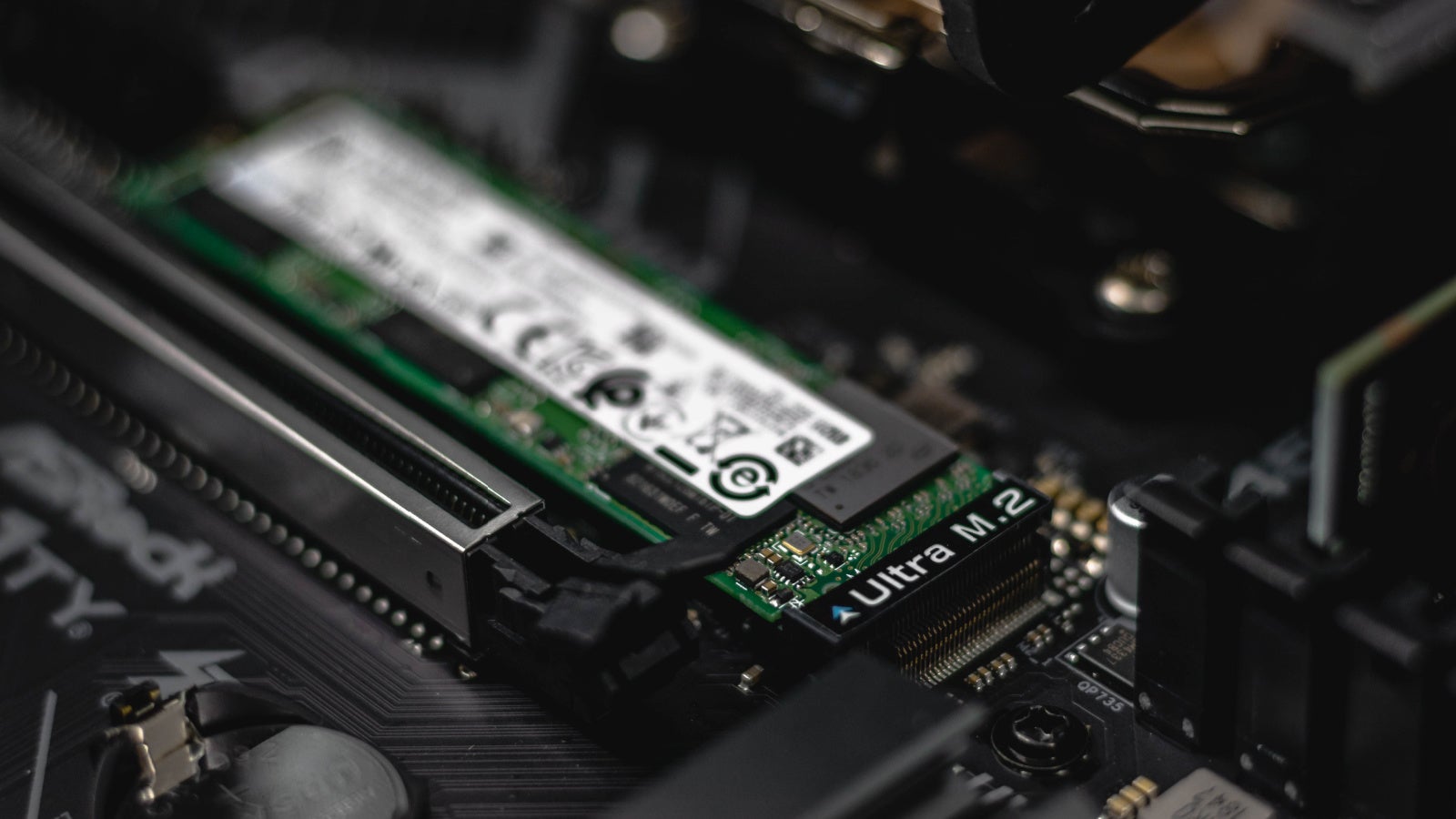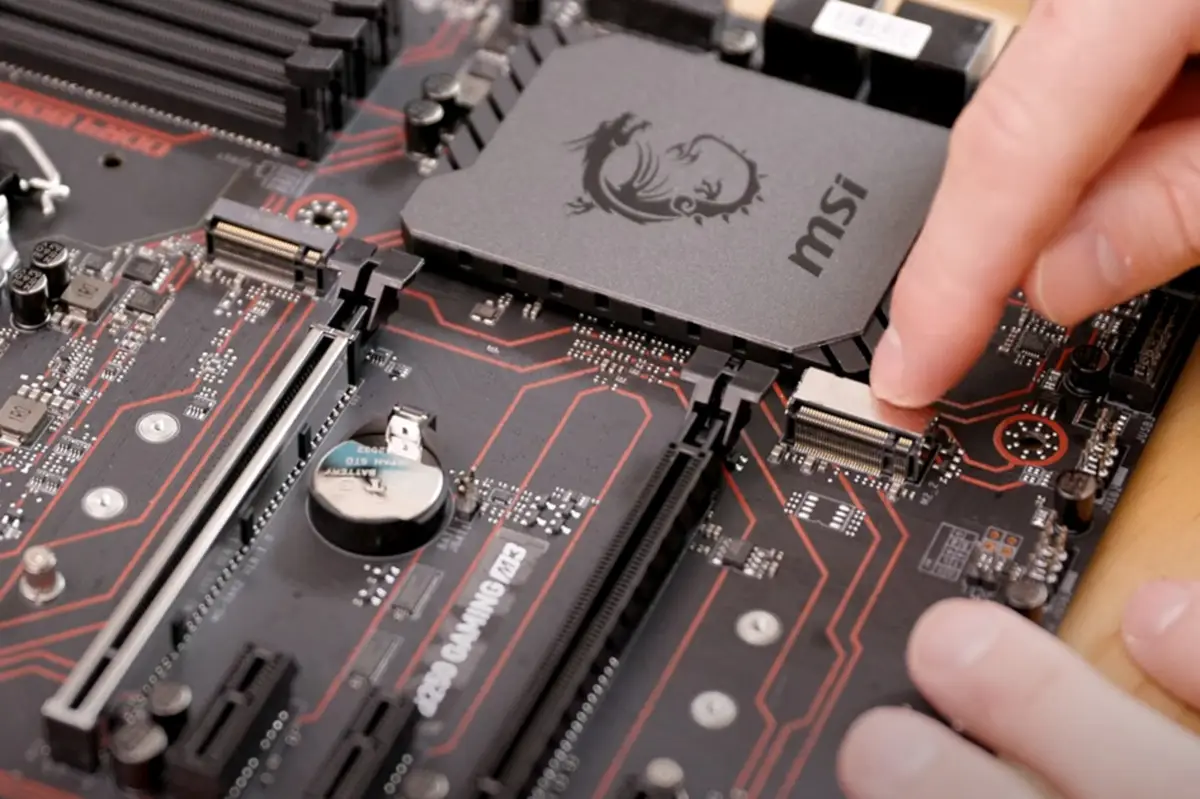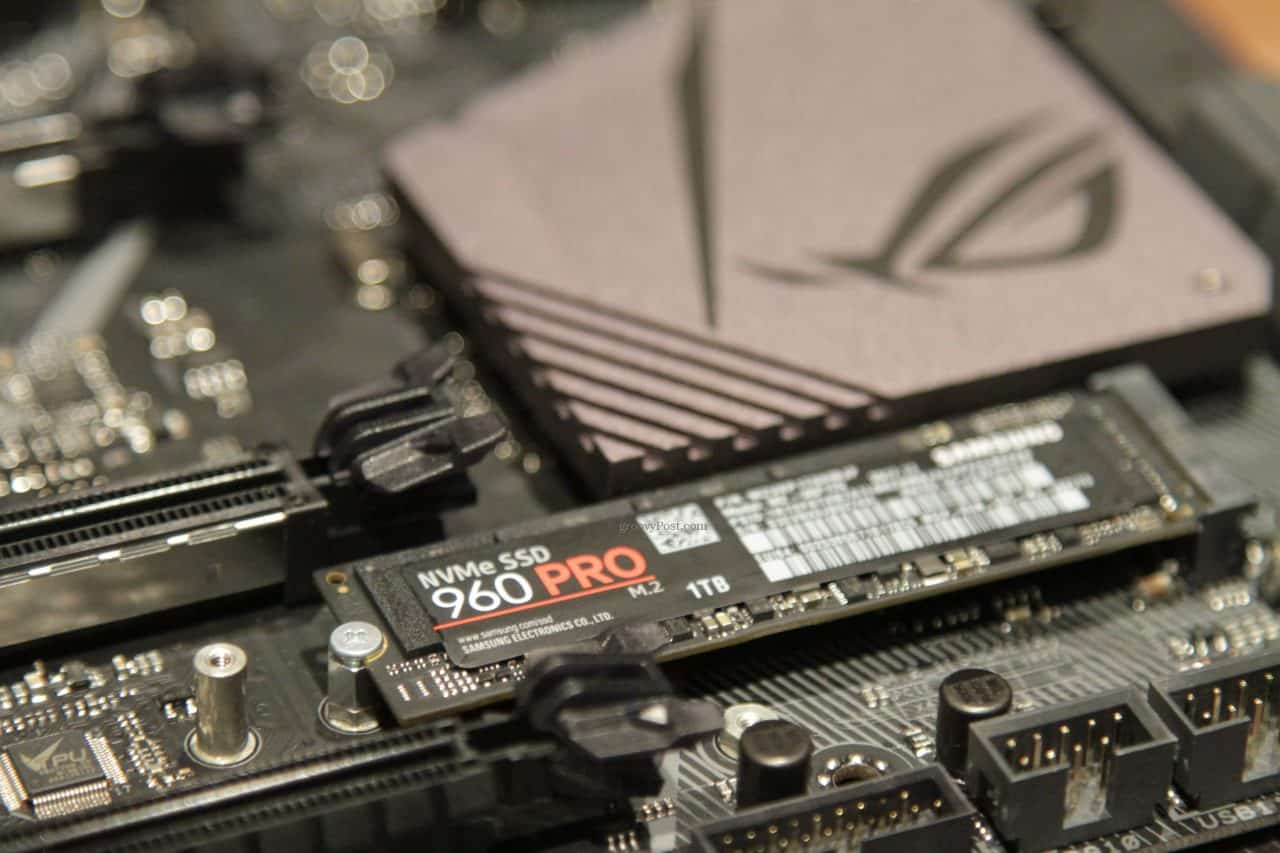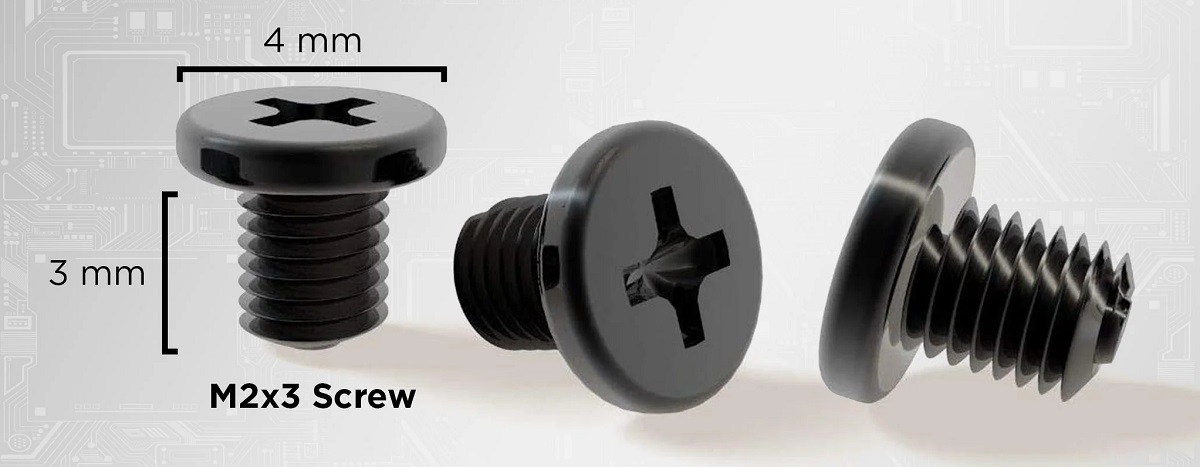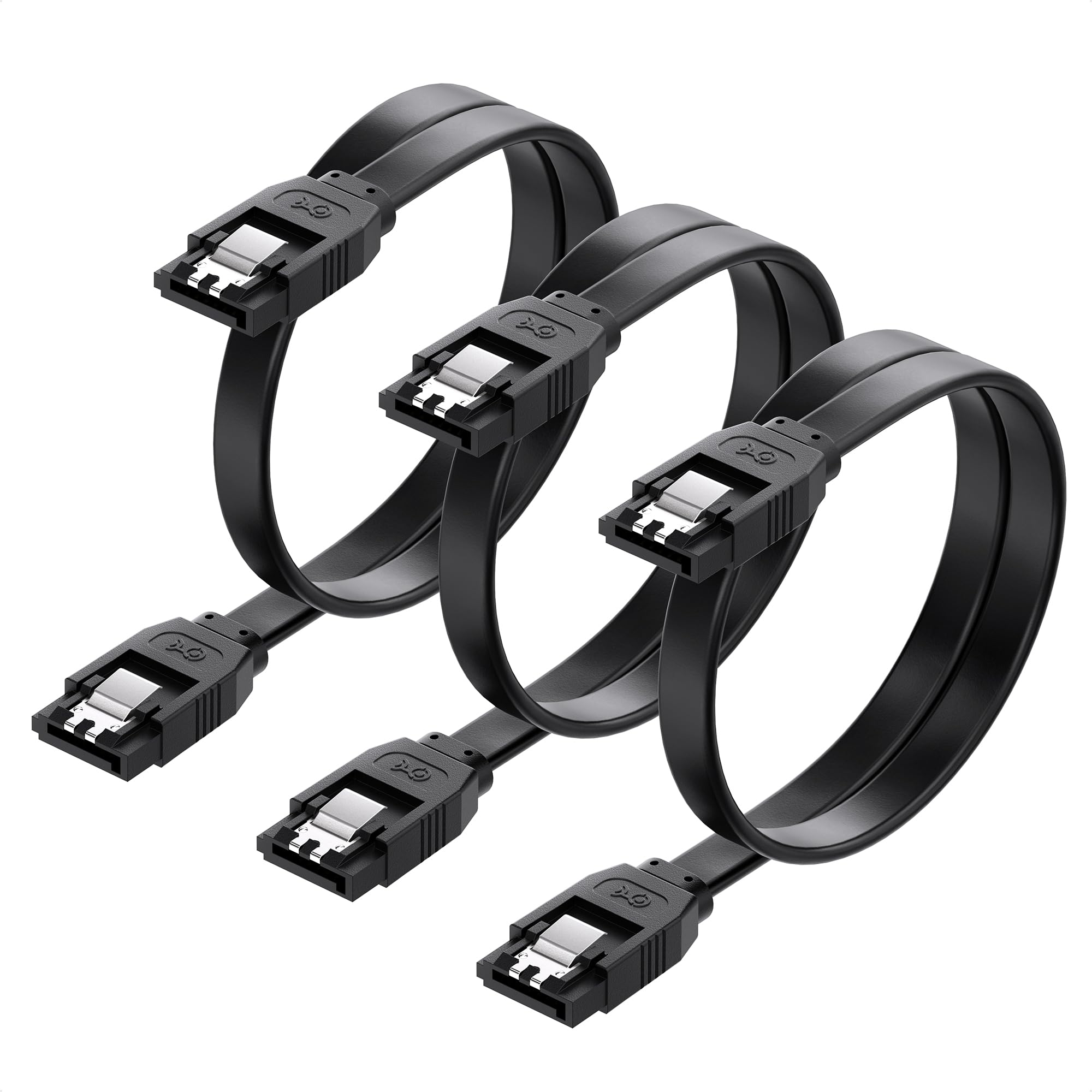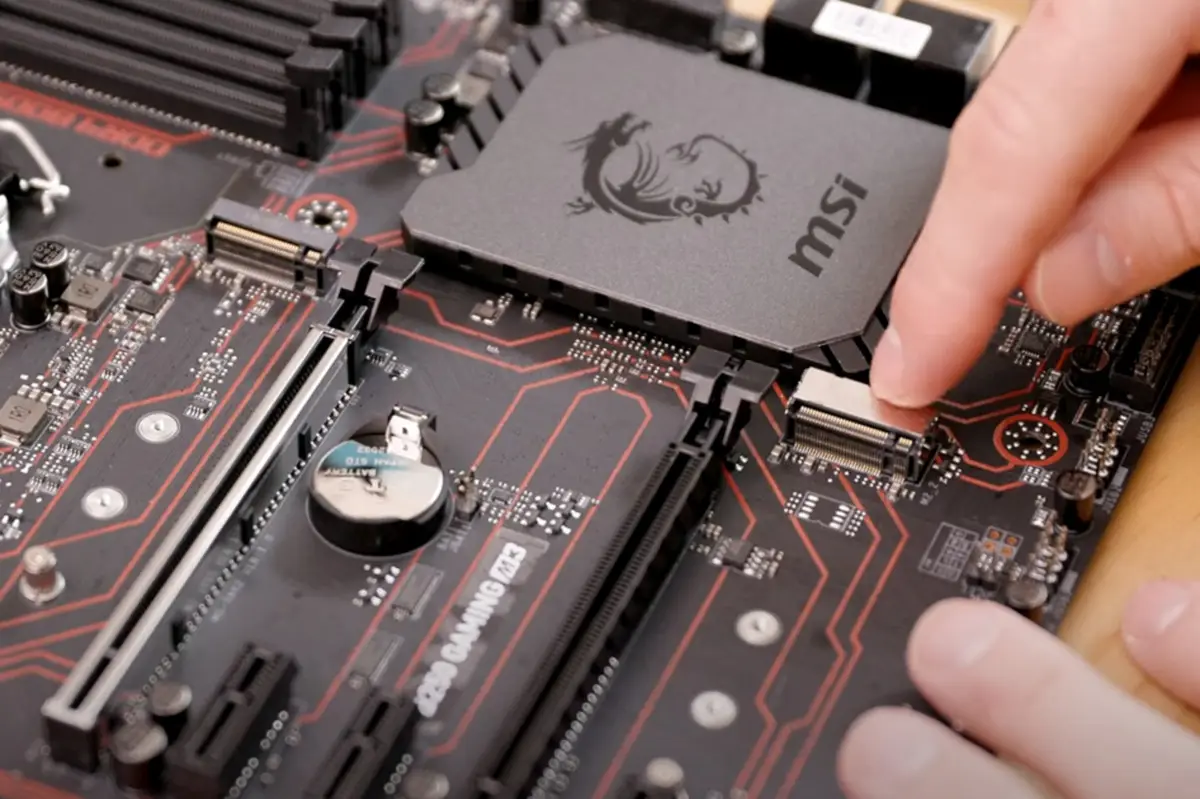Introduction
Welcome to the world of solid-state drives (SSDs) and motherboards compatibility! If you are considering upgrading your computer’s storage by adding an SSD, you might be wondering how to determine if the SSD is compatible with your motherboard. Compatibility is crucial to ensure that your new SSD will work seamlessly and deliver optimal performance.
In this article, we will explore the key factors to consider when determining SSD compatibility with your motherboard. From checking the motherboard interface to ensuring compatibility with the BIOS and operating system, we will guide you through the essential steps to make an informed decision.
Upgrading to an SSD can dramatically improve your computer’s speed and responsiveness. Unlike traditional hard disk drives (HDDs), SSDs use solid-state flash memory to store data, resulting in significantly faster read and write speeds. This makes them an excellent choice for both casual users and professionals seeking enhanced performance.
Now, let’s dive into the specifics of SSD compatibility with your motherboard and unravel the mystery of finding a compatible SSD that will meet all your needs.
Understanding SSD Compatibility
Before delving into determining SSD compatibility with your motherboard, it’s important to have a basic understanding of how compatibility works in this context. When we talk about SSD compatibility, we are mainly referring to two primary aspects: the motherboard interface and the form factor of the SSD.
The motherboard interface is the connection between the SSD and the motherboard. There are two main types of interfaces – SATA (Serial ATA) and NVMe (Non-Volatile Memory Express). SATA is the older, more common interface, while NVMe is the newer, faster interface designed specifically for SSDs.
Next, let’s discuss the form factor. The form factor refers to the physical dimensions and shape of the SSD. The most common form factors for SSDs are 2.5-inch and M.2. The 2.5-inch form factor resembles a traditional hard drive and can be easily installed in a standard drive bay, while the M.2 form factor is smaller and connects directly to the motherboard.
Now that we have a general understanding of the key aspects of SSD compatibility, let’s move on to the next section, where we will explore how to check the motherboard interface.
Check the Motherboard Interface
The first step in determining SSD compatibility with your motherboard is to check the motherboard interface. As mentioned earlier, there are two main interface types – SATA and NVMe.
To check the interface of your motherboard, you can refer to the motherboard’s specifications document, which can usually be found on the manufacturer’s website. The document will provide detailed information about the supported interfaces for storage devices.
If you are unable to find the specifications document or are unsure which interface your motherboard supports, you can physically inspect the motherboard. Look for the SATA ports on the motherboard – these are rectangular connectors where you would typically connect your SATA cables for hard drives or SSDs. If your motherboard has M.2 slots, these will be smaller, rectangular slots usually located near the PCIe slots.
Once you have determined the interface type supported by your motherboard, you can proceed to the next section to learn more about SATA and NVMe interfaces and their compatibility considerations.
Remember that SATA interfaces are more common and are typically backward compatible, meaning that you can use an SSD with a SATA interface on a motherboard that supports SATA and even older motherboards with SATA 2 or SATA 1 interfaces. On the other hand, NVMe interfaces offer faster speeds but may not be supported by all motherboards, especially older models.
In the next section, we will delve further into the differences between SATA and NVMe interfaces and which one might be the right choice for your SSD upgrade.
SATA vs NVMe: Which Interface do you have?
When it comes to SSD compatibility, one key aspect to consider is the interface type – SATA or NVMe. Let’s take a closer look at each interface and their compatibility considerations.
SATA (Serial ATA) is the more common interface and has been widely used for both HDDs and SSDs for many years. It offers decent performance and is compatible with most motherboards. SATA SSDs are available in 2.5-inch form factor (similar to traditional hard drives) and can be easily connected to the SATA ports on the motherboard. They are a reliable and cost-effective option for most users.
On the other hand, NVMe (Non-Volatile Memory Express) is a newer interface specifically designed for SSDs. NVMe SSDs offer significantly faster speeds compared to SATA SSDs and utilize the PCIe (Peripheral Component Interconnect Express) interface, which enables them to take full advantage of the high-speed PCIe lanes on the motherboard.
To determine if your motherboard supports NVMe, you need to check if it has M.2 slots. M.2 slots are smaller, rectangular slots typically found near the PCIe slots on the motherboard. These slots support NVMe SSDs, which can be directly connected to them without the need for any cables.
It’s important to note that while NVMe offers faster speeds, not all motherboards support this interface. Older motherboards or budget-oriented models may not have M.2 slots or may only support SATA M.2 SSDs. Therefore, it is crucial to check your motherboard’s specifications or manual to confirm if it supports NVMe SSDs.
If your motherboard only supports SATA, don’t fret! SATA SSDs still offer significant performance improvements over traditional hard drives and are compatible with most systems. However, if you have a motherboard that supports NVMe, upgrading to an NVMe SSD can provide a substantial boost in speed, especially when dealing with large files or performing intensive tasks like gaming or content creation.
In the next section, we will explore another important factor to consider when determining SSD compatibility – the form factor.
Determine the Form Factor
When it comes to SSD compatibility, another crucial aspect to consider is the form factor of the SSD. The form factor refers to the physical dimensions and shape of the SSD, which determine how it can be installed in your computer.
The two most common form factors for SSDs are 2.5-inch and M.2.
The 2.5-inch form factor is similar in size and shape to traditional hard drives. These SSDs are designed to fit into the standard 2.5-inch drive bays found in most desktops and some laptops. To install a 2.5-inch SSD, you simply need to connect the appropriate SATA or power cables and secure it using screws or mounting brackets.
M.2 is a newer form factor that is smaller and more compact. M.2 SSDs are installed directly onto the motherboard, usually in a dedicated M.2 slot. These SSDs do not require any cables and are secured using retaining screws or clips. M.2 SSDs are especially popular in newer laptops and compact desktop systems.
When determining the compatibility of the SSD form factor, you need to consider the available drive bays or M.2 slots in your computer. If you have a desktop, you can usually check the number and type of drive bays in your computer’s specifications or open up the case to physically inspect them. Laptops typically have limited drive bay options, so it’s essential to check the specifications or consult the manufacturer’s documentation.
It’s worth mentioning that some motherboards support both 2.5-inch and M.2 form factors, allowing you to choose the SSD type that best suits your needs.
So, before purchasing an SSD, make sure to verify the form factor compatibility with your motherboard and computer case. By selecting the correct form factor, you can ensure a hassle-free installation and optimal performance of your SSD.
In the next section, we will discuss another crucial aspect of SSD compatibility – ensuring compatibility with the motherboard’s BIOS.
Ensure Compatibility with the Motherboard’s BIOS
When it comes to SSD compatibility, it’s not just about the physical connection and form factor; you also need to consider compatibility with the motherboard’s BIOS (Basic Input/Output System). The motherboard’s BIOS is responsible for initializing and managing hardware components, including storage devices like SSDs.
To ensure compatibility with the motherboard’s BIOS, you need to check if the SSD is supported by the BIOS version installed on your motherboard.
The easiest way to find this information is by visiting the motherboard manufacturer’s website and checking for a list of supported storage devices or a BIOS compatibility list. Alternatively, you can refer to the motherboard’s manual or specifications document, which usually includes information on compatible SSDs.
Another factor to consider is whether the SSD requires a firmware update to work properly with the motherboard’s BIOS. Manufacturers often release firmware updates to address issues or improve compatibility, so it’s important to check the SSD manufacturer’s website for any available updates.
Updating the motherboard’s BIOS to the latest version is also recommended as it may provide better compatibility and support for newer SSD models. However, be cautious when updating the BIOS, as it carries some risks if not done correctly. Refer to the motherboard manufacturer’s website or consult their support for detailed instructions on updating the BIOS.
By ensuring compatibility with the motherboard’s BIOS and keeping both the SSD’s firmware and the motherboard’s BIOS up to date, you can prevent any compatibility issues and ensure smooth operation of your SSD.
In the next section, we will discuss an often overlooked factor when considering SSD compatibility – the power supply.
Consider the Power Supply
When it comes to SSD compatibility, one crucial yet often overlooked factor is the power supply. SSDs, like any other hardware component, require a stable power supply to function properly.
Most SSDs consume very little power compared to traditional hard drives. However, it is still important to ensure that your power supply can provide enough power for the SSD and any other components in your system.
First, check the power connectors available on your power supply. Most SSDs use SATA power connectors, which are widely available in modern power supplies. However, some SSDs, particularly those in the M.2 form factor, may require different power connectors such as SATA-to-M.2 or PCIe power connectors.
If your power supply does not have the required power connectors for the SSD, you may need to consider using a power adapter or upgrading your power supply to a more suitable model that can accommodate the necessary connectors.
In addition to power connectors, it is also important to ensure that your power supply can provide sufficient wattage to support all the components in your system, including the SSD. SSDs generally have low power requirements, but if you have a high-end system or multiple SSDs, it is advisable to have a power supply with an adequate wattage rating to provide stable power to all components.
If you are unsure about the power supply requirements, consult the specifications of your SSD and refer to the manufacturer’s recommendations. You can also utilize various online power supply calculators to estimate the power requirements for your system.
By considering the power supply and ensuring that it can meet the power demands of your SSD, you can prevent any power-related issues and ensure smooth operation and longevity of your SSD.
In the next section, we will discuss another critical aspect of SSD compatibility – checking for additional storage slots.
Check for Additional Storage Slots
When considering SSD compatibility, it’s important to check for additional storage slots in your computer, especially if you already have existing storage devices installed. Having available storage slots ensures that you have enough physical space to accommodate the SSD you plan to upgrade or add.
In desktop computers, storage slots are usually in the form of drive bays. These drive bays can be found at the front or inside the case and are designed to hold storage devices securely. Check how many drive bays are available in your computer and if any are currently occupied by other storage drives such as hard drives or SSDs. If all the drive bays are occupied, you might need to remove one of the existing drives or consider alternative mounting options like adapters or brackets to fit the additional SSD.
In laptops, the available storage slots are often limited. Some laptops might have only one or two slots, especially ultrabooks or thin and light models. In this case, you need to check if there is an available storage slot for your SSD upgrade. Some laptops also offer options to replace the existing storage drive with the new SSD.
Make sure to consult your computer’s documentation or manufacturer’s website for information on available storage slots and their compatibility. Additionally, you can open up the computer case or laptop and visually inspect if there are any unoccupied storage slots or available connectors for the SSD.
By checking for additional storage slots and ensuring their compatibility, you can confidently proceed with your SSD upgrade or addition, knowing that you have the necessary space to accommodate the new drive.
In the next section, we will discuss another important factor to consider when determining SSD compatibility – compatibility with the operating system.
Compatibility with Operating System
When it comes to SSD compatibility, considering the compatibility with your operating system is crucial. Different operating systems may have varying levels of support for SSDs, especially if you’re dealing with older operating systems.
Most modern operating systems, such as Windows 10, macOS, and many Linux distributions, have native support for SSDs out of the box. They automatically detect and optimize the SSD’s performance with features like TRIM support, which helps maintain the long-term performance and lifespan of the SSD.
However, if you’re using an older operating system, it may lack proper support for SSDs or may require additional drivers or updates to fully utilize the SSD’s capabilities. In such cases, it’s important to consult the operating system’s documentation or the SSD manufacturer’s website for any specific recommendations or requirements.
Additionally, it’s worth noting that some SSDs come bundled with software utilities that enhance performance, provide firmware updates, or enable encryption features. These utilities may have specific compatibility requirements with the operating system, so it’s essential to verify if the software is compatible with your operating system before purchasing the SSD.
Before upgrading to an SSD, ensure that your chosen SSD is compatible with the operating system you are currently using or plan to use. This will help you avoid any compatibility issues and take full advantage of the SSD’s capabilities and features.
In this article, we have explored various factors to consider when determining SSD compatibility with your motherboard, including checking the interface, determining the form factor, ensuring compatibility with the motherboard’s BIOS, checking the power supply, and verifying the compatibility with the operating system.
By carefully considering these factors, you can confidently choose an SSD that is compatible with your motherboard and other components, ensuring a seamless and reliable upgrade to enhance your computer’s performance and storage capabilities.
Conclusion
When it comes to upgrading or adding an SSD to your system, ensuring compatibility with your motherboard is crucial. By following the steps outlined in this article, you can easily determine if an SSD is compatible with your motherboard and make an informed decision.
Start by checking the motherboard interface, whether it is SATA or NVMe, to ensure compatibility with your SSD. Additionally, consider the form factor of the SSD, making sure it fits the available drive bays or M.2 slots in your computer.
Verifying compatibility with the motherboard’s BIOS is also important, as it ensures proper functionality and performance. Update the BIOS to the latest version if needed and check for any firmware updates for your SSD.
Don’t forget to consider the power supply and ensure it can provide sufficient power and the necessary connectors for the SSD. Checking for additional storage slots is also essential, as it ensures you have the physical space to accommodate the SSD.
Finally, take into account the compatibility of the SSD with your operating system. Make sure your operating system supports the SSD natively or with the necessary drivers or updates.
By considering these factors and taking the necessary steps to ensure compatibility, you can confidently choose an SSD that will seamlessly integrate with your motherboard and enhance your computer’s storage performance.
So, whether you’re a casual user or a professional in need of high-performance storage, now you have the knowledge to determine SSD compatibility with your motherboard. Upgrade to an SSD and experience faster speeds, improved responsiveness, and increased storage capacity in your computer.









